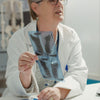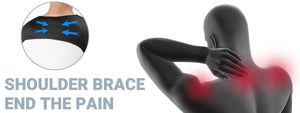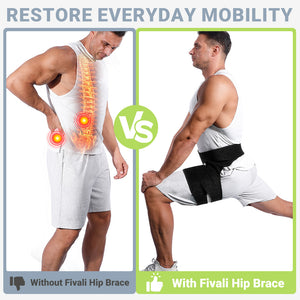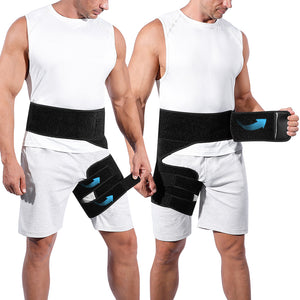What to Do for Bone on Bone Knee Pain
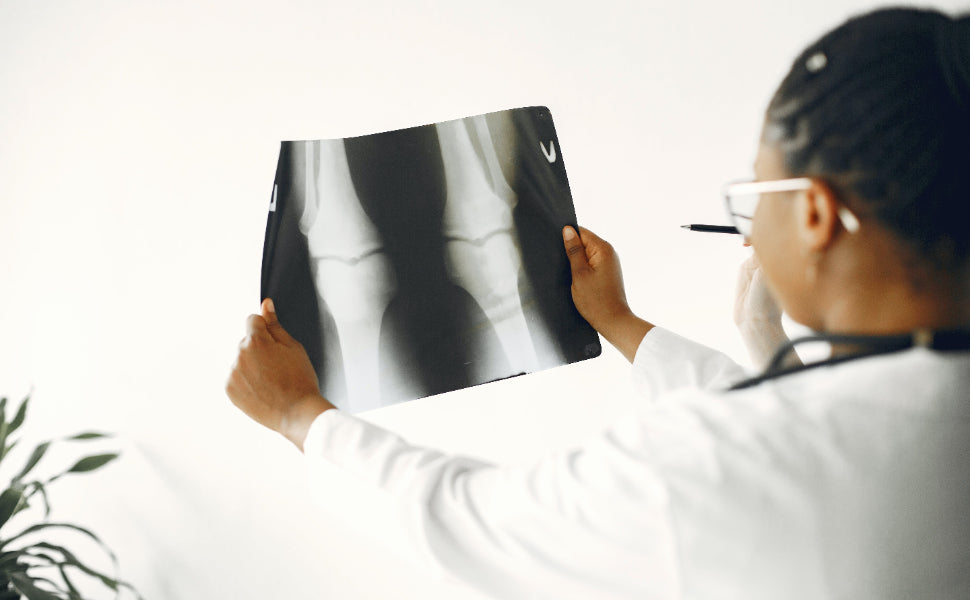
Treating bone-on-bone knee discomfort may require a multimodal approach that includes lifestyle modifications, medical interventions, and self-care techniques. To help individuals with bone-on-bone knee pain take control of their condition and find effective treatment, this article offers valuable suggestions on the importance of seeking professional guidance.
fivalifitness.com
Common Causes
When the cartilage that cushions the joint deteriorates and the bones rub against each other, it can cause bone-on-bone knee pain. Among the frequent reasons for this illness are:
- Osteoarthritis: The most frequent cause of bone-on-bone knee pain is osteoarthritis, which is brought on by gradual joint wear and tear.
- Rheumatoid arthritis: This autoimmune condition can cause inflammation and destruction of the knee joint.
- Post-traumatic arthritis: Having experienced a prior knee injury or trauma raises the possibility of getting bone-on-bone knee discomfort in later life.
- Knee deformities: Deformities like knock knees or bowlegs can place additional strain on the knee joint and erode the cartilage.
- Avascular necrosis: This disorder is caused by a disruption in blood flow to the bone, ultimately resulting in the death of the bone tissue and its collapse.
- Obesity: Having a large waist circumference increases the pressure and strain on the knee joint, which raises the possibility of bone-on-bone knee discomfort.
- Overuse: Activities like jogging and jumping that repeatedly put stress on the knee joint can damage cartilage and cause bone-on-bone knee pain.
Developing a successful treatment plan for bone-on-bone knee pain requires determining the underlying cause of the condition. For an accurate diagnosis and individualized treatment recommendations, it is advisable to consult a healthcare provider if you are experiencing chronic knee pain.
Risk Factors
Bone-on-bone knee pain can be more likely to occur if certain risk factors are present. These consist of:
- Age: As people age, their risk of developing knee issues, such as bone-on-bone knee pain, increases. Because cartilage deteriorates naturally with age, elderly individuals are more susceptible to this condition.
- Gender: Compared to males, women are more likely to experience knee pain, including bone-on-bone knee discomfort. Hormonal variables and variations in joint structure could be the cause of this.
- Past knee trauma: Past knee trauma, such as ligament rips or fractures, can weaken the joint and increase the risk of developing bone-on-bone knee pain in the future.
- Repetitive stress: Performing repetitive motions, such as sprinting, jumping, or prolonged kneeling, can exacerbate knee wear and tear, increasing the likelihood of developing bone-on-bone knee pain.
- Obesity: Carrying too much weight puts extra strain on the knees, increasing the risk of cartilage deterioration and the development of bone-on-bone knee pain.
- Genetics: Some people may be more susceptible to knee issues than others, particularly those that result in bone-on-bone knee discomfort.
- Workplace: Jobs involving heavy lifting, prolonged standing, or repetitive knee movements may exacerbate knee discomfort and increase the risk of developing bone-on-bone knee pain.
- Joint misalignment: Deviations from the normal alignment of the knee joint, like knock knees or bowlegs, can cause an uneven distribution of stresses on the joint, which can hasten the deterioration of cartilage and cause bone-on-bone knee pain.
Self-Care Strategies
The following techniques are designed to enhance everyday health and effectively manage symptoms.
- Weight management: Maintaining a healthy weight by reducing stress on the knee joint can help alleviate pain. It may be beneficial to lose excess weight by following a balanced diet and engaging in regular physical activity.
- Low-impact Exercises: Without putting undue strain on the joint, low-impact exercises can help strengthen the muscles surrounding the knee and enhance joint mobility. Swimming, cycling, and using elliptical machines are a few examples.
- Hot and Cold Therapy: Applying heat or cold to the afflicted knee can provide temporary relief from discomfort. Warm compresses, heating pads, or other forms of heat therapy can help ease muscle tension and enhance blood flow. Ice packs and other cold therapy methods help numb the affected area and lessen inflammation.
- Physical Therapy: Creating a customized exercise program with the assistance of a physical therapist can help increase knee stability, range of motion, and muscle strength. Additionally, they could employ methods such as ultrasound or physical therapy to reduce inflammation and pain.
- Assistive equipment: Support and relief from pressure on the knee joint can be obtained by using assistive devices such as walking aids, crutches, or knee braces. These tools can support appropriate alignment and lessen discomfort during exercise.
- Lifestyle Adjustments: Making a few adjustments to your regular routine can help you manage knee discomfort. Relief can be achieved by using appropriate body mechanics, avoiding high-impact activities and repetitive motions, and taking regular rest breaks to rest the knee.
- Stress Reduction: Stress can make chronic pain worse. Deep breathing techniques, moderate yoga, and meditation are examples of stress-relieving practices that can help manage pain and enhance general well-being.
Medical Interventions
When self-care techniques fail to alleviate bone-on-bone knee discomfort, numerous medical interventions and therapies can be considered. To determine the best course of action, consulting with medical professionals is crucial. Some options to think about are as follows:
- Pain relievers: Acetaminophen and nonsteroidal anti-inflammatory drugs (NSAIDs), which are available over-the-counter or with a prescription, can help relieve pain.
- Corticosteroid Injections: Corticosteroids can be injected directly into the knee joint to relieve pain and reduce inflammation.
- Viscosupplementation: By improving lubrication and cushioning in the knee joint, injections of hyaluronic acid may temporarily alleviate pain.
- Regenerative Therapy: PRP therapy involves the injection of concentrated platelets derived from the patient's blood into the knee joint to reduce inflammation and promote healing.
- Viscosupplementation: Injecting derivatives of hyaluronic acid to improve joint lubrication and lessen discomfort.
- Arthroscopy: A minimally invasive surgical procedure used to treat problems inside the joint, like removing broken bones or loose cartilage.
- Partial Knee Replacement: Only the damaged section of the knee joint is replaced.
- Total Knee Replacement: Using an artificial implant, the knee joint is completely replaced.
Before recommending a specific course of treatment, medical specialists will assess the severity of the condition and the individual's unique circumstances. The objective is to help individuals with bone-on-bone knee pain live better overall, function more effectively, and experience reduced pain.
fivalifitness.com
Reference
How to Relieve Bone-on-Bone Knee Pain in 30 SECONDS
*Disclaimer
The information provided in articles written by Fivali is intended for educational and reference purposes only. The content on this website (www.fivalifitness.com) is not intended to diagnose, treat, cure, or prevent any disease. We do not recommend self-diagnosis or self-treatment based on the information provided in our articles. Always consult a qualified healthcare professional if you have any concerns about your health or well-being.
If you are experiencing any symptoms or discomfort, we strongly recommend consulting a qualified healthcare professional for medical attention. Only a licensed healthcare practitioner can provide an accurate diagnosis and appropriate treatment plan tailored to your individual needs.








